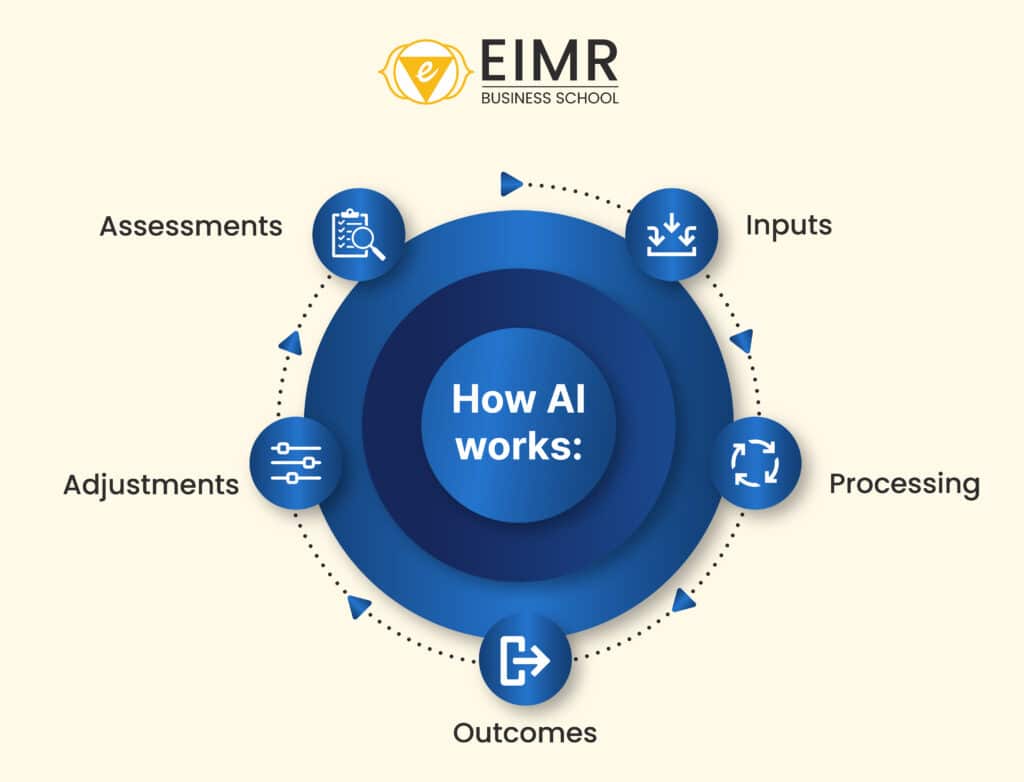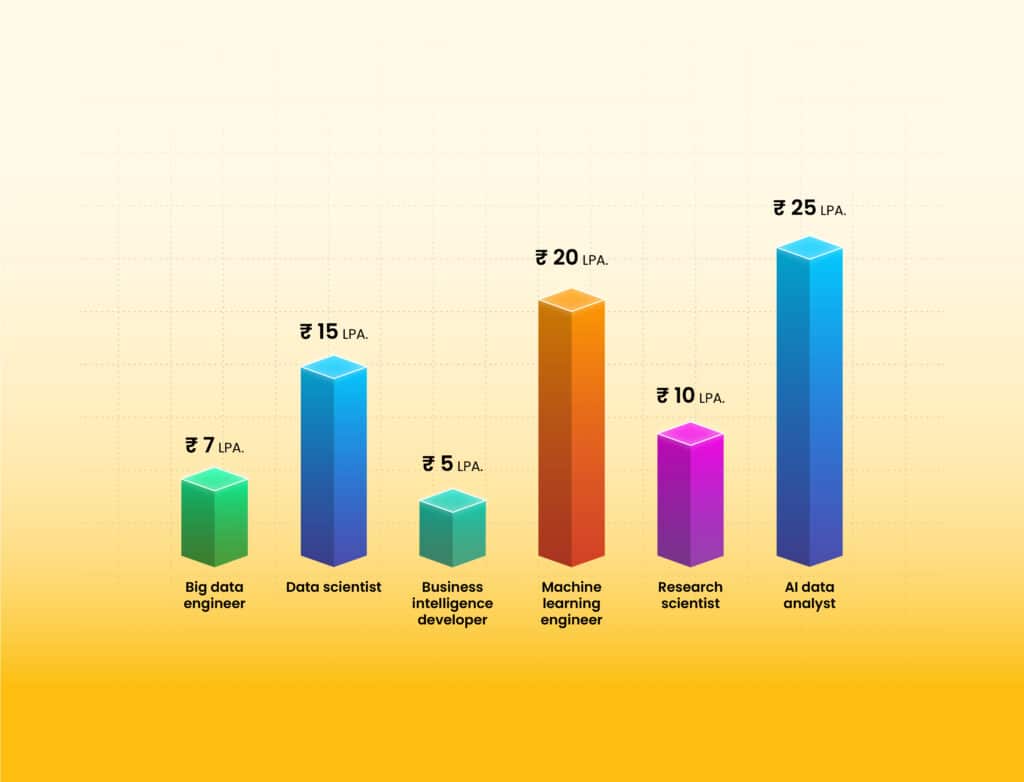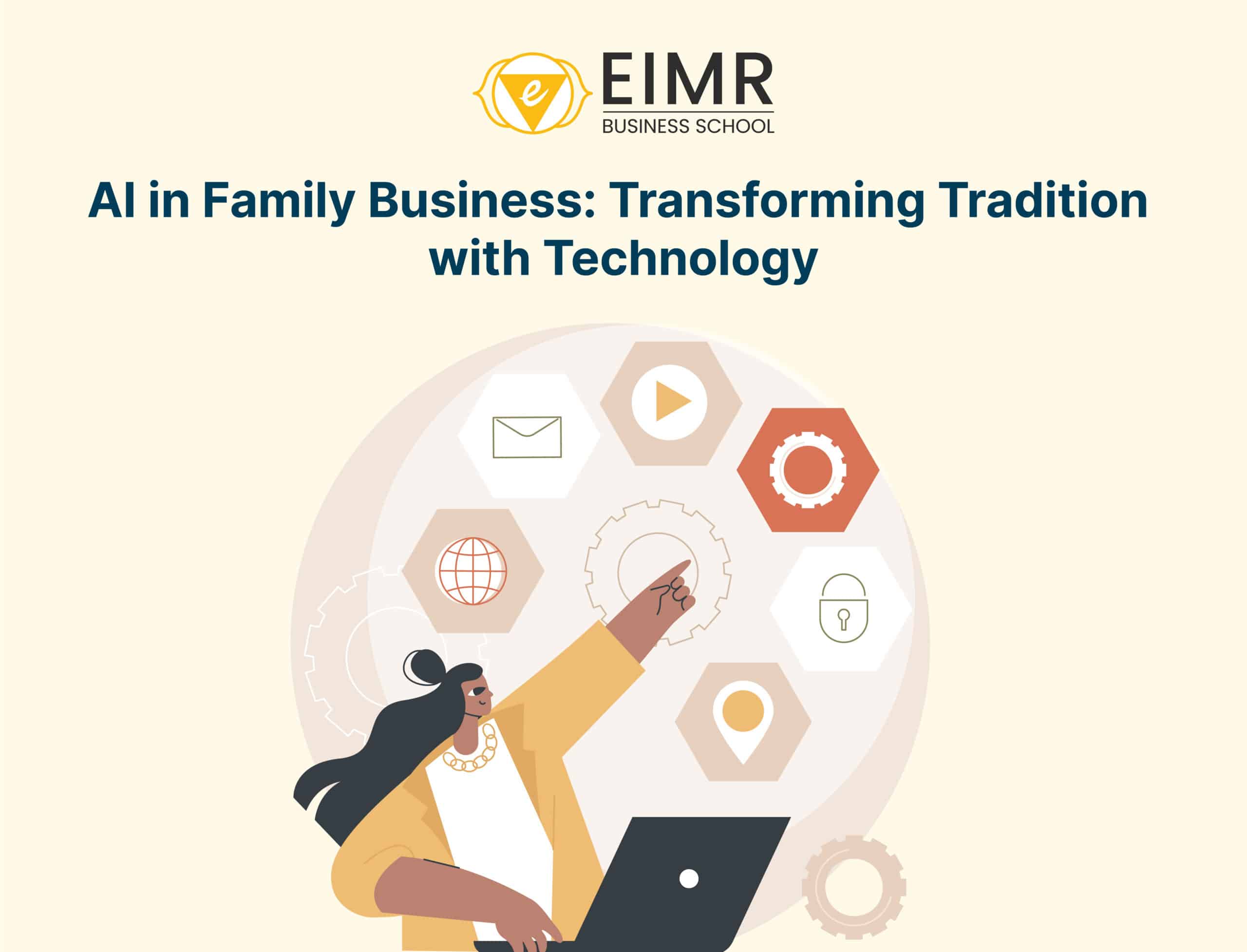What is Artificial Intelligence?
Artificial Intelligence (AI) can be simply defined as an “artificial human brain,” meaning it can perform tasks independently, without human involvement, and complete them accurately. The concept of AI first emerged in 1921 from a fictional movie with a concept called “Artificial People.” This film introduced the idea of AI to the world, attracting global attention and sparking interest among researchers. In the 1950s, AI was defined as robots capable of performing tasks like humans. Since then, the development of AI has progressed through various phases: groundwork of AI, the birth of AI, AI maturation, AI winter, and AI to the present stage, which encompasses all contemporary concepts, developments, and databases.
The evolution of AI over the past decades has significantly impacted today’s world and people’s lifestyles. Initially conceptualized in movies, AI has expanded into various forms, such as robots, chatbots, and virtual assistants. It is used by companies like Twitter, Facebook, and Netflix for advertising and user experience. Today, AI is implemented in virtually every aspect of life, used by everyone from children to adults. It has evolved to the point where AI is integrated into every tool and technology used in daily tasks.
Want to know more detail about : Evolution of AI. Click here
How AI works:

- Inputs: Data is gathered from diverse sources, including text, videos, audio, and other formats. This data is then categorized according to specific criteria, using algorithms to match the data to the appropriate categories.
- Processing: After data collection, AI determines how to utilize it by organizing the information through patterns, algorithms, and rules. AI learns to recognize similar patterns within the data, training itself for future applications. The data is categorized and stored accordingly.
- Outcomes: After processing, AI employs patterns and algorithms to forecast outcomes in areas such as customer behavior and market trends. It is programmed to identify and execute specific tasks autonomously, without human intervention. If the results are unsatisfactory, AI continues to train itself using the data and algorithms until the outcomes meet the desired standards. This self-training and corrective capability is why AI is trusted to function similarly to the human brain.
- Adjustments: When a dataset does not align with the algorithms, it is marked as a “fail.” AI learns from these mistakes and adjusts itself according to the algorithms. These algorithms may require minor modifications to enhance outcomes and better match the data.
- Assessments: In the final step, AI completes the assigned task. The insights gained from the data set enable AI to make predictions based on the outcomes and adjustments made earlier. These predictions are then used to proceed with the next assigned task. Through these steps, AI continually improves and adapts, enhancing its ability to perform tasks efficiently and accurately.
Types of AI:
AI falls into four different categories on classifying it based on the working, algorithm usage, and the capabilities to solve a task. The four main types are:
- Reactive Machines are a type of AI that operates purely on a reactive basis, without the ability to form memories or utilize past experiences in their decision-making processes. They rely exclusively on the input they receive to produce outcomes. Examples include programmable coffeemakers or washing machines, which are designed to carry out specific tasks without depending on past experiences or memory.
- Limited memory machines are a type of AI that functions similarly to brain neurons, gathering and processing information. These machines utilize both past experiences and current data to make decisions. However, they are restricted in generating new ideas, as they can only work with pre-programmed data. If changes are necessary, they must be reprogrammed to produce different outcomes. Self-driving cars, for example, operate using limited memory.
- Theory of Mind AI refers to machines capable of understanding emotions and socializing like humans by interpreting facial features, emotions, and environmental cues. This type of AI does not yet exist and remains an area of ongoing research and development.
- Self-awareness in AI represents a future where machines achieve super-intelligence, consciousness, and sentience. They would react akin to humans, possessing emotions and independent thought. This concept is still in developmental stages, extending beyond the theory of mind to encompass awareness of their existence, understanding their own state, and even predicting others’ emotions.
AI Benefits:
- AI-enabled computers, when programmed correctly, operate with zero errors and provide predictive analysis, ensuring high accuracy.
- Automation facilitated by AI handles routine tasks such as data collection, data entry, consumer-focused business operations, email responses, software testing, invoice generation, and more.
- AI is equipped with advanced skills, algorithms, and datasets, enabling rapid processing and interpretation of large datasets, and facilitating smooth handling of big data.
- AI accelerates decision-making by swiftly gathering reliable data and generating valuable insights using powerful algorithms, enhancing data consolidation and predictive capabilities.
- Digital assistants like Chatbots, Siri, and Alexa reduce dependency on customer service staff by efficiently managing customer interactions and delivering timely and precise information.
- AI effectively performs risky tasks, improves operational processes and workflows, and supports applications in medical fields.
- AI-based systems operate continuously, providing 24/7 access and productivity, unlike human counterparts who have limitations in availability and consistency.
Case Study for AI:
Here are some potential case study for Artificial Intelligence implement in different industries.
- Healthcare: AI is employed in medicine for purposes such as diagnosis, treatment, personalized medicine, and drug discovery, exemplified by IBM Watson assisting doctors. AI enhances disease analysis, facilitates early diagnosis and targeted treatment for patients, and utilizes patient data to personalize therapies based on individual genetic profiles and health conditions. For instance, PathAI utilizes AI to ensure the accuracy of pathology diagnoses.
- Finance: AI plays a pivotal role in fraud detection, algorithmic trading, and risk assessment. Programmed algorithms analyze transaction patterns to determine credit scores, aid decision-making processes, and evaluate financial risks associated with loans and investments. For instance, JPMorgan Chase utilizes AI to monitor real-time transactions effectively.
- Entertainment: AI contributes to the creation of music, art, and literature, introducing novel forms of creative expression and enjoyment. Additionally, AI aids in suggesting movies, TV shows, and music tailored to user preferences and viewing history. For instance, OpenAI employs AI for generating music, art, and literature.
- Education: AI customizes learning materials to align with the unique learning styles of students, enhancing engagement and academic outcomes. AI also automates administrative duties such as task management and educator scheduling, allowing educators to prioritize teaching. For instance, Carnegie utilizes AI to provide personalized math tutoring tailored to each student’s pace and preferred learning style.
Career Opportunities of AI:

- Big data engineer: The role of a big data engineer involves establishing an efficient ecosystem for business systems to interact. The average salary for a big data engineer is 7 lakhs per annum.
- Data scientist: Data scientists collect information from various sources to support business analysis and decision-making. The average salary for freshers as data scientist ranges from 15 lakhs per annum.
- Business Intelligence Developer: Business intelligence developers integrate AI capabilities with business insights. The average salary ranges from 5 lakhs per annum.
- Machine Learning Engineer: As a subset of AI, machine learning engineers conduct simulations using diverse datasets to deliver precise analytical results. Machine learning engineer salary for freshers ranges from 20 lakhs
per annum. - Research Scientist: Research scientists focus on extensive exploration and application of machine learning methodologies. The average salary for research scientists is
10 lakhs per annum. - AI Data Analyst: AI data analysts specialize in tasks such as data mining, data cleaning, and data interpretation. AI data analysts as freshers earn from 25 lakhs per annum.
Conclusion:
Over the past few decades, the concept of AI has undergone significant evolution, revolutionizing people’s lifestyles by simplifying daily tasks. What began as a mere concept has progressed to the creation of AI-driven products, real-time applications, and virtual assistants, profoundly influencing lifestyles. In the field of entrepreneurship AI is used for decision-making showing better analysis of data likewise, you can learn how to use AI in the field of entrepreneurship at EIMR Business School. It continues to undergo extensive development and enhancements across various sectors including entertainment, healthcare, education, finance, business, and manufacturing. The ongoing evolution of AI promises further advancements that will continue to reshape outcomes in numerous fields.







